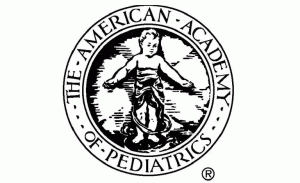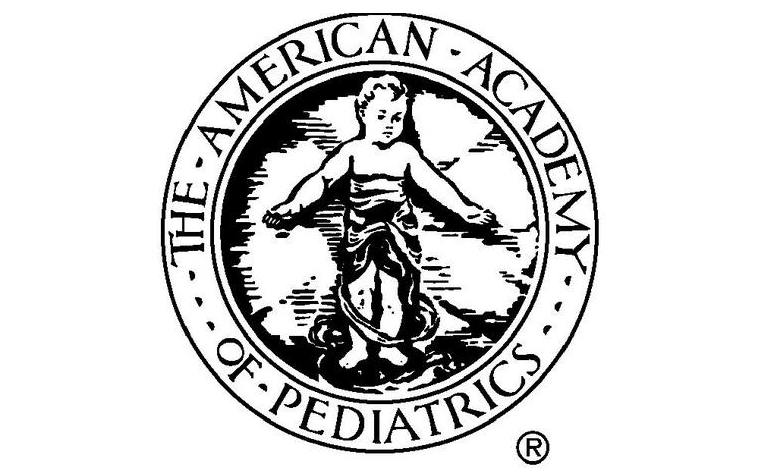 Youth in the juvenile justice system are at high-risk for physical, mental and developmental health issues according to a new policy statement by the American Academy of Pediatrics’ Committee on Adolescence. Despite this, many youths don’t receive the level of health care they need, either in the system or when they get out. The report represents the first update in 10 years to the Health Care for Youth in the Juvenile Justice System.
Youth in the juvenile justice system are at high-risk for physical, mental and developmental health issues according to a new policy statement by the American Academy of Pediatrics’ Committee on Adolescence. Despite this, many youths don’t receive the level of health care they need, either in the system or when they get out. The report represents the first update in 10 years to the Health Care for Youth in the Juvenile Justice System.
Nationwide 2.11 million* juveniles were arrested in 2008, according to the report. And while not all arrested youth are placed in some form of detention (either short- or long-term) the median stay in custody in 2006 was 65 days. Eighty percent remained in detention for at least 30 days and 57 percent for at least 90 days. All of those youths require healthcare of some kind.
“We wanted to advocate for these youth to have the same level and standards of care as non-incarcerated youth in the community,” the report’s lead author, Dr. Paula Braverman, Director of Community Programs at the Cincinatti Children’s Hospital Medical Center said in an email. She said the Committee on Adolescence also “outlined specific recommendations which included the training and skill of the health care providers.”
Currently, the National Commission on Correctional Health Care (NCCHC) publishes standards for care in juvenile facilities. At a minimum, the NCCHC says, youth should be screened by health care professionals immediately upon arriving at an intake facility to check for contagious conditions, urgent health needs and suicidal thoughts. Within seven days of intake, youth should be given a hands-on, comprehensive health examination by a doctor. Girls and boys are tested for sexually transmitted diseases and vaccinations are updated. A further mental health screening must be performed within 14 days. A dental examination must be performed within seven days.
After the initial assessments, children in the facilities have access to 24-hour emergency mental health and dental care and any requests for health care must be triaged within 24 hours.
“We hope that by outlining the specific health care needs of these youth and making recommendations,” Braverman said, “we will raise awareness of these unmet needs and that more juvenile correctional facilities will look into the NCCHC standards and work towards achieving accreditation since the NCCHC standards create the framework necessary to address their health issues.”
According to a 2004 study, fewer than half of detention facilities were meeting NCCHC standards for health screening and assessment. Many didn’t meet minimal levels of care, the report said.
In authoring the report, Braverman says, she hoped to raise awareness of critical policy areas.
“We also wanted to highlight some areas for advocacy,” she said, “including the need for adequate levels of funding to provide for the medical, behavioral health and educational needs of these youth.” Equally important, she said, are intervention programs in the community “that address the risk and protective factors related to involvement in the juvenile justice system.”
Officials in Georgia’s Department of Juvenile Justice (DJJ) say they have used the NCCHC standards as a “roadmap.”
“As we developed our program we kept the guidelines in mind,” said Richard Harrison, Deputy Director of Programs and Education.
According to Harrison, DJJ screens youth within two hours of admission.
“A lot of kids obviously have not had adequate healthcare or dental care,” he said. “So it is critical we identify issues early on.”
Most of the youth entering the system, Harrison continued, “have never had assessments that could have determined what precipitated their entering the facility.”
Harrison is very proud of the health care the Georgia DJJ provides, citing a 2009 commendation by the U.S. Department of Justice calling the system a “national model.”
“One thing I am very proud of is the quality assurance,” he said.
Georgia, he said, sets itself apart from other systems through its use of electronic medical records.
“That’s one area where we are very unique,” Harrison said. “We’ve invested a lot of time and energy into developing the system. It has a huge impact on managing health care across the state and it has a huge impact on quality.”
The policy statement by the Committee on Adolescence, published in the journal Pediatrics, stresses continuity of care is “crucial” for youth in the juvenile justice system, both upon entering the system and when transitioning back into the community. But often families are difficult to contact or don’t follow-through with doctors’ recommendations for care.
In Georgia, Harrison says, the DJJ and the parole case manager works with the families of recently released youth as a team.
“We’ll help the family arrange appointments,” he said. “It’s part of transitioning back into the community.”
Harrison adds that continuity of service is also critical while still in the system when youth are transferred from one facility to another. Having electronic medical records makes the move simpler.
Youth in the juvenile justice system often have different needs than other adolescents, the report says because psychiatric and substance abuse disorders are more prevalent in incarcerated youth.
“I think what is unique in this population is the self-harm that sometimes comes in confinement,” Harrison said.
The policy statement recommends facilities adopt evidence-based mental health and substance abuse treatment interventions “to improve long-term outcomes for incarcerated youth.” According to the report, these programs have been shown to reduce recidivism.
Braverman says many of the youths have inconsistent care because “they are runaways or not living in a stable living situation and engage in high risk behaviors.” However, she said, “some of the health issues are related to living in impoverished or abusive environments where we could intervene to improve their health status long before they present to the juvenile correctional system.”
*Editor's note: The article originally referred to erroneous statistics stemming from an error in the original American Academy of Pediatrics’ Committee on Adolescence’s report. It was reported that 11 million juvenile arrests were made in 2008, when in fact the number was 2.11 million juvenile arrests. We apologize for the inaccuracy.

There is a significant error in your article “New Report Looks at the State of Health Care in the Juvenile Justice System” stemming from an error in the original American Academy of Pediatrics’ Committee on Adolescence’s report. In the juvenile arrests section of the report the first sentence reads “In 2008, 11 million juveniles younger than 18 years were arrested.” and is cited to “Juvenile Arrests 2008” a bulletin our organization prepares for the Office of Juvenile Justice and Delinquency Prevention. There were not 11 million juveniles arrested in 2008. There were 2.11 million arrests of juveniles. And since a juvenile could be arrested more than once during the year that probably translates to fewer than 2 million juveniles. That’s more than a five-fold mistake. I hope that you can correct your perpetuation of their error quickly.
I was directed to your publication by an e-newsletter from the Academy of Correctional Health Professionals. It concerns me that such a wildly incorrect statistic will be spread and perpetuated via the web. Did no one stop and think, “Wait that’s way too many!” Juvenile arrest rates (the closest thing we have to juvenile crime rates) have declined substantially since the mid-1990s. Yet the public thinks juvenile crime is rampant. We (OJJDP) will be publishing “Juvenile Arrests 2009” soon. The estimated number of juvenile arrests in 2009 is below 2 million for the first time in 2 decades. It would be a real shame if that 11 million figure gets a life of its own.